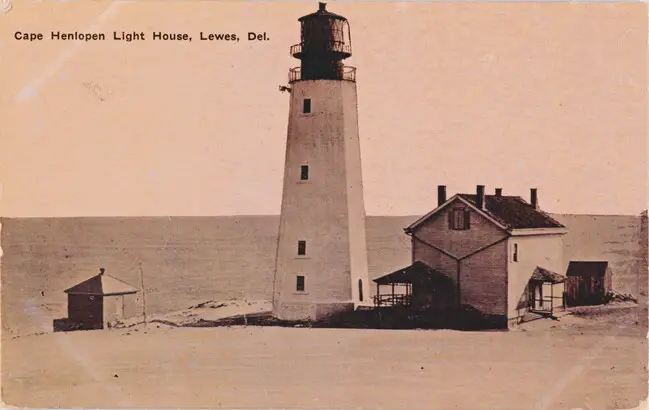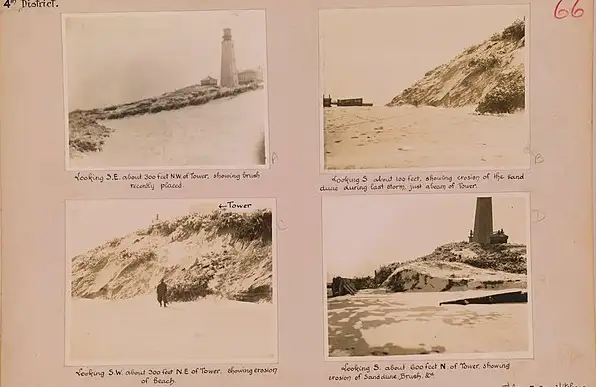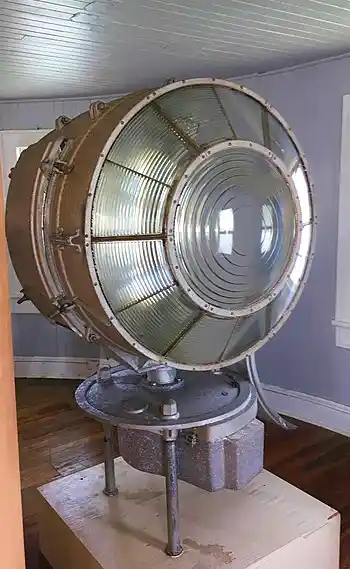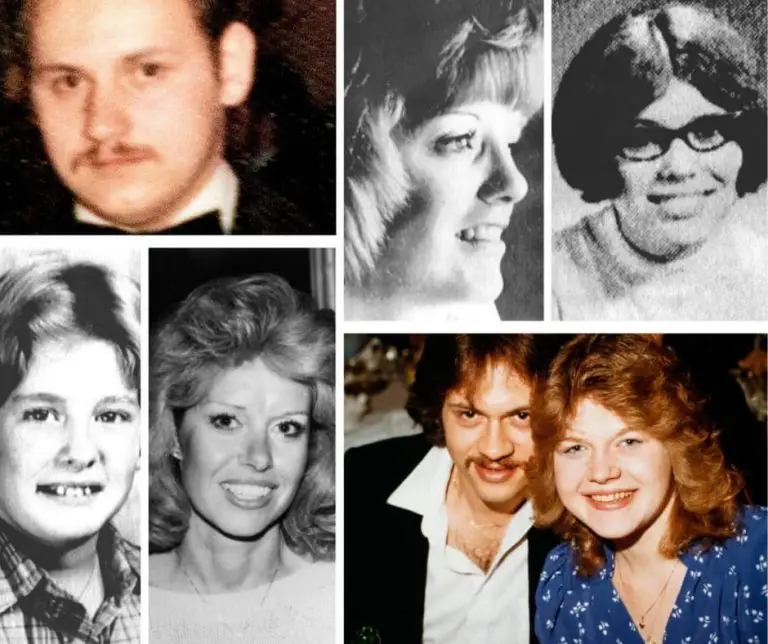Corpse Light – The Phantom Light of Cape Henlopen
Last updated on December 1st, 2022 at 10:18 am
On the Delaware side of the Delaware River’s mouth, a spectral phantom lighthouse can be seen. Some refer to it as a Corpse Light. Others refer to it as the Bad Weather Witch. Many deaths have been caused by the “lighthouse” on its rocky shore. The light was first recorded when the captain of the Devonshireman drove towards it, causing over 200 deaths in 1655.
The phantom lighthouse with corpse light is the subject of a local legend. The corpse light is thought to be caused by an old Delaware Indian curse of a Drum of Stone, signaling death to all white men. The curse was imposed on British soldiers who slaughtered a group of locals who were enjoying a wedding. Many people have seen the ghost of a lone Indian on top of a mystery rock.

The History of The Cape Henlopen Light House
To gain height, the Cape Henlopen Lighthouse was built on the north side of the Great Dune. Many ships were lost in the dark waters around the cape, necessitating the construction of a lighthouse. Many Philadelphia seamen advocated for the installation of a lighthouse.
Thomas and William Penn donated the land. It was finished in 1767 and illuminated for the first time in 1769. During the American Revolution, the British nearly destroyed the lighthouse in 1777. The wardens repaired the damage, and it was re-lit by 1784.

The sand dune encircling the tower was reported to be blowing away at a rate of 2 to 5 feet per year in 1897. Several tons of brush were put around the tower and oil house in 1905 to protect the foundations and brick walls from sand blowing away.
The original tower was constructed between 1765 and 1767 and stood on a shallow base above a sand dune some distance from the sea. Recently, the sea has severely encroached on the shoreline for several miles along the nearby beach. Beginning in 1914, the Lighthouse Service constructed preventive works, but due to the general erosion of the nearby shoreline, these could not be made effective unless at an exorbitant expense.
The initial efforts to strengthen it began in 1905 and continued for several years. The newer Delaware Breakwater Light took over Cape Henlopen’s responsibilities in the early 1920s after the original lighthouse was decommissioned on September 20, 1924. For two years after that, the old, abandoned lighthouse stood, clinging to what little remained of the Great Dune.
On the afternoon of April 13, the historic lighthouse tower at Cape Henlopen, the gateway to Delaware Bay, toppled into the water. Anticipating the end of this historic structure, the light was converted to an automatic light on October 1, 1924, at a safer location about 700 feet more inshore, where it has since been displayed.

Corpse Light and The Shipwrecks
Historically, the Corpse Light has delivered on its promise. On Christmas Day in 1665, it sank a ship called the Devonshireman. While following the beams from the nonexistent lighthouse, the ship collided with a stone shaft. The wreck killed over 200 sailors. Some believe the ghost ship emerges on a regular basis to replay the epic accident.
Even though there is no lighthouse at Cape Henlopen (actually, there are two little ones in the park, but not on the scale of a big lighthouse), visitors frequently see lights flashing from the location. The light represents a curse from a nearby Native American tribe. After British forces raided a wedding and slaughtered many attendees, the tribe conjured up the light to entice ships to their demise.

In May 1798, the British ship DeBraak was drawn too near and sank. It is reported that the “ghost” ship reappears from time to time, reenacting its demise.
In 1980, the USS Poet, a 12,000-ton grain transport, vanished without a trace.
On October 24, 1980, the Poet left Philadelphia with 13,500 tons of yellow grain destined for Port Said, Egypt. Capt. Leroy Warren and his 33-man crew plotted a course for Gibraltar once they were clear of Delaware Bay and the captain was released. The poet radioed its position off Cape Henlopen, DE, course, speed, and all was in order at 8:30 p.m.
The Poet was never seen or heard from again. There was no trace. There are no lifeboats. There is no residue. Nothing.
Hundreds of people have perished in collisions in the same area over the years.







